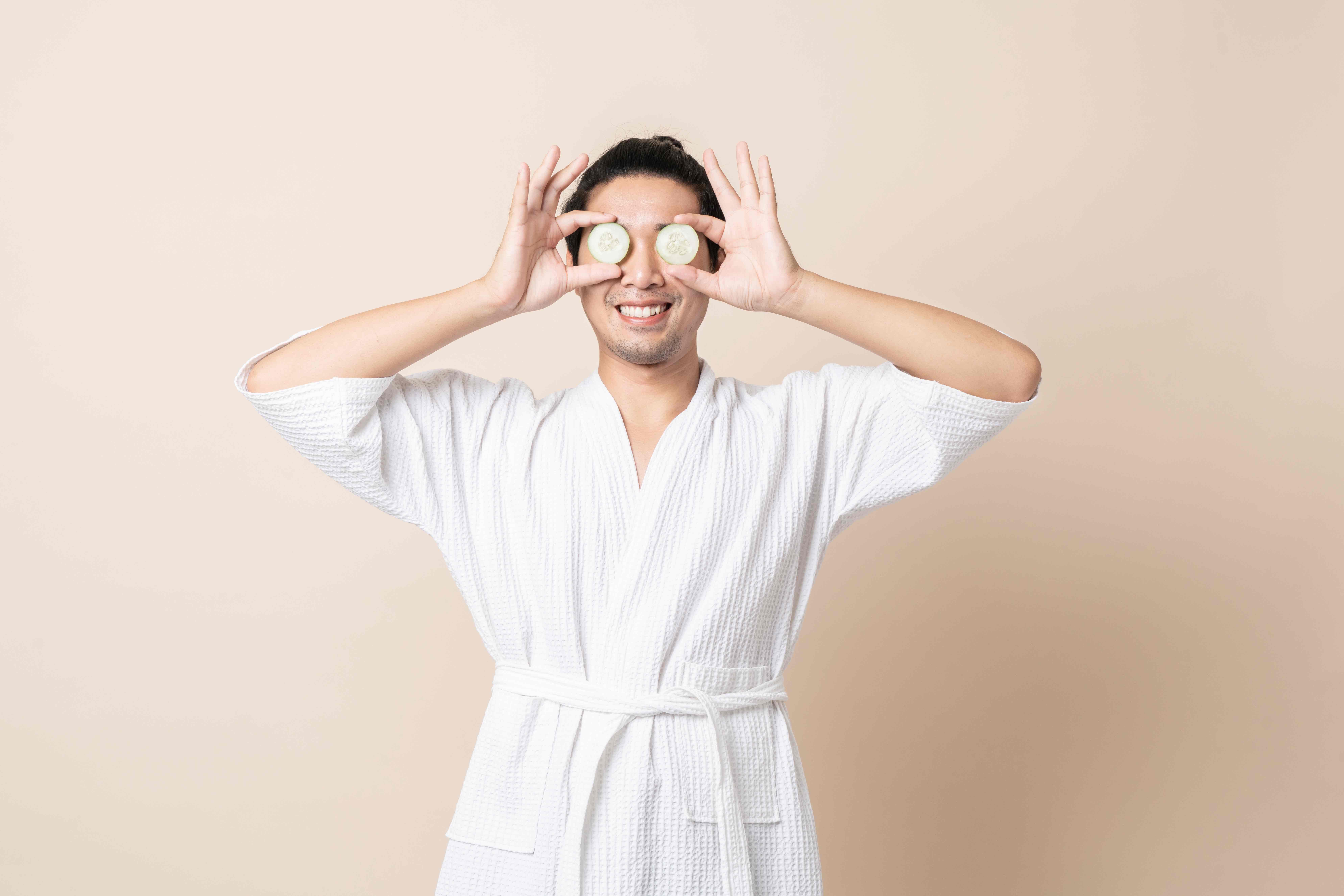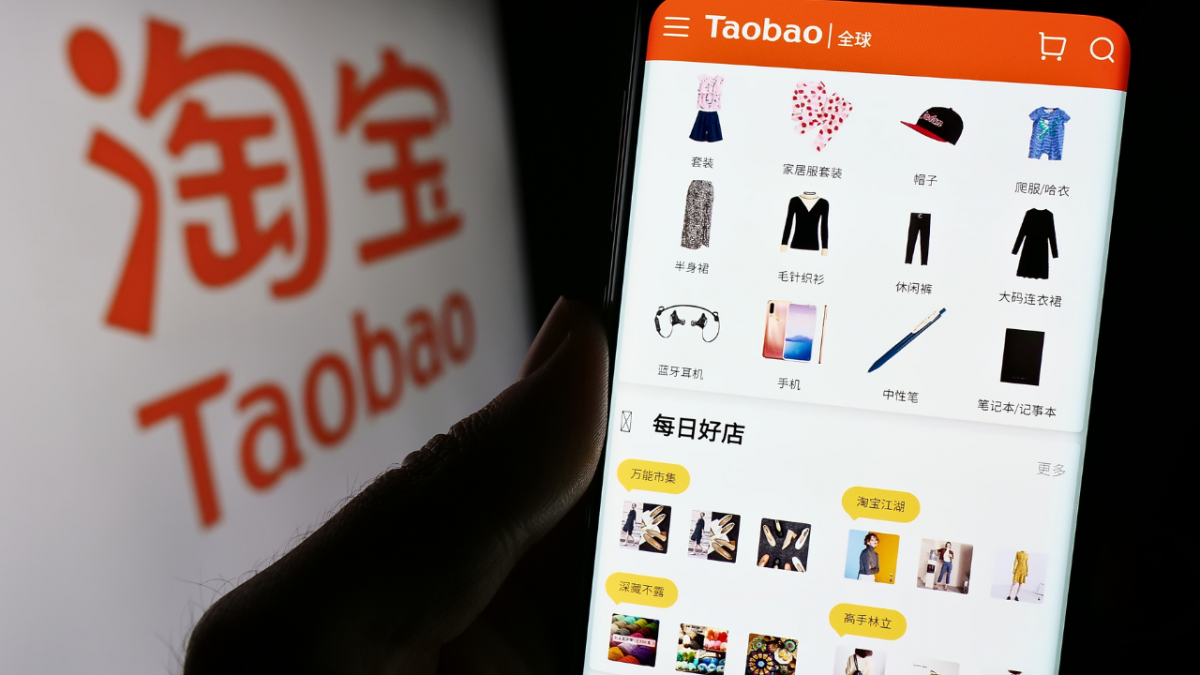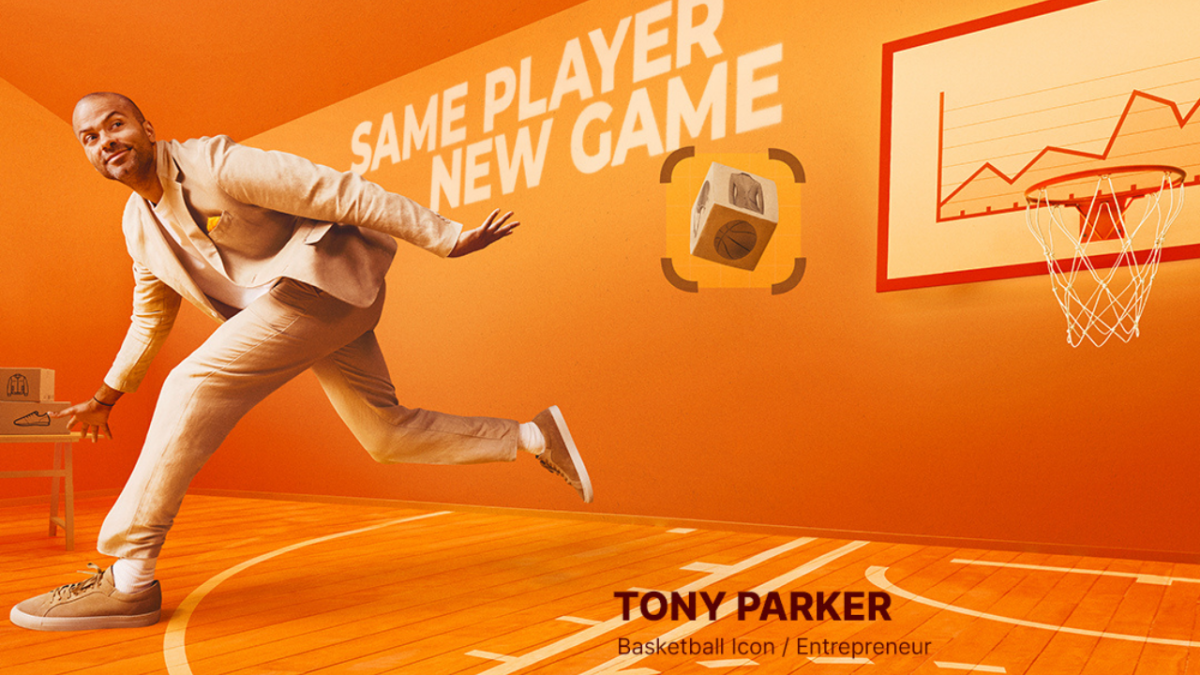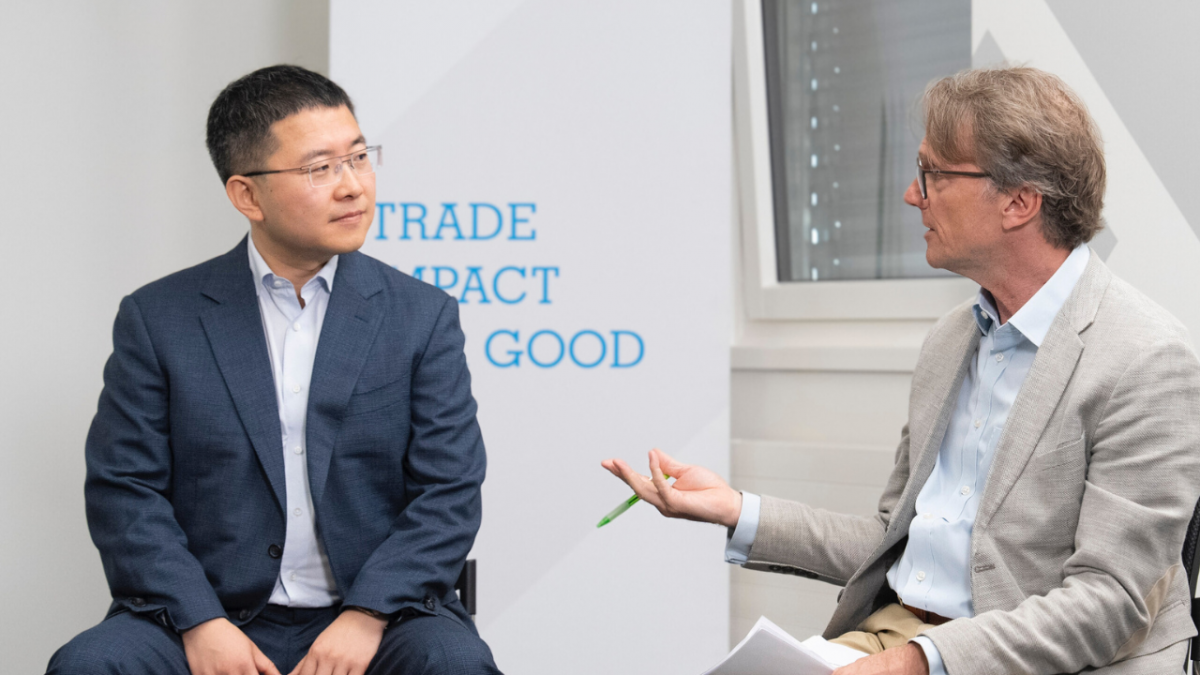


Photo credit: Shutterstock
Chinese consumers are embracing male beauty and grooming brands as gender stereotypes crumble and a wider array of products become readily accessible on digital platforms.
In the runup to China’s annual 6.18 Mid-Year Shopping Festival, data from Alibaba Group showed just how fast the male beauty category is gaining traction in the world’s second-largest economy.
The gross merchandise value of male grooming on Alibaba’s digital shopping platforms Taobao and Tmall surged 20-fold year-over-year between June 1 and June 3 in the runup to the 6.18 shopping bonanza.
For many brands, China has proved a growth market during the coronavirus pandemic when global consumers relaxed their grooming rituals and is now turbocharging sales as people come out of lockdowns and pent-up demand is unleashed in revenge shopping.
“We’re running out of stock,” Stephen Shortt, founder and CEO at British male grooming brand Hawkins & Brimble, told Alizila. His company has three factories running at full tilt and had to airfreight products to China to keep pace with demand ahead of the 6.18 festival.
The beauty industry in China has grown by 4% from 2019 to 2021 – one of the few markets to show positive sales growth compared to pre-pandemic levels, according to market research group Kantar. Male consumers, particularly the younger generation, are becoming a major driver of that growth as they spend more on beauty products.
The Chinese male‑grooming market is set to grow by about 13.5% a year, more than double the global average, per data collected by consultancy Euromonitor International.
Indeed, purchases of haircare and shaving products for men rose nearly 30% during Alibaba’s business-to-consumer online shopping platform Tmall’s six-day Valentine’s Day sale in February compared with last year.
Male daily ablutions range from clean shaves and hair styling to multi-step skincare routines: in 2020, the average Chinese man was using 2.3 different skin products, up from 1.7 in 2017, a survey by research firm Mintel found.
Social norms are also relaxing, allowing men more choice in their skincare rituals.



“We wanted to bring a little bit of glamor into the men’s beauty space and our mission as a brand is to reject hyper or toxic masculinity. We’re here to challenge that gender stereotype of the traditional blueprint of what masculinity should look like,” said Shane Carnell-Xu, co-founder of male-focused beauty brand Shakeup Cosmetics.
A League of Their Own
It’s about time beauty brands took notice of male consumers and their own unique grooming needs, which stem partly from physical differences.
Testosterone stimulation and larger quantities of collagen make men’s skin thicker than women’s, studies have found.
“Men also tend to have bigger pores, and shaving stresses skin, so our skin can be more sensitive and reacts faster,” Carnell-Xu explained.
He would know. Since their teenage years, Carnell-Xu and his identical twin Jake Xu suffered from rosacea – a fairly common skin condition that causes redness and blemishes primarily on the face.
Their struggle to find skincare developed specifically for men planted the seed that blossomed in 2019 into their own line of products.



Shane and Jake quickly saw that the need for male skincare ran deep – the young brand gained a foothold at luxury British retailer Harvey Nichols just two weeks after launching.
Across the pond, interest in male cosmetics is also growing. A survey by market research group Ispos found that while 15% of heterosexual men aged 18–65 in the US currently use cosmetics, an additional 17% would consider using such products in the future, more than doubling the market.
“In a very competitive beauty market that is quite saturated already, there is a rare blue ocean opportunity in men’s beauty,” said Jake.
China’s Ocean of Opportunity
While men around the world are dipping their toes into skincare, grooming and beauty, many male consumers in China are already fully submerged. Brands are soaking it up.
Shakeup Cosmetics has seen its business grow 300% year-on-year since debuting on Tmall two years ago, and the company credits Chinese sales for emerging largely unscathed by Covid-19.
“Looking back, the decision to launch in China made sure that we not just survived the pandemic as a business, but actually thrived,” said Shane.
The country is one of the biggest and fastest-growing markets for both Shakeup Cosmetics and Hawkins & Brimble.
To be sure, brands cannot simply copy and paste. Diverse regional needs mean many offerings must be tweaked or remade entirely.



While Hawkins & Brimble’s hero product in the UK is shaving cream, there is not as much demand for shaving products in China so the brand is developing new offerings.
“We’ve launched a sort of matte effect hairspray, which is used in conjunction with our water pomade,” said Shortt. “It’s a [haircare] regime which is quite specific to China. We don’t find that in other markets as much where two products are used in conjunction.”
Likewise, Shakeup Cosmetics is preparing to introduce products exclusively for consumers in Asia.
Mansplaining for Men
Male beauty product ranges are growing, but this will not mean much if consumers do not understand how to use them.
Dizzy with choices, male shoppers often do not know where to start, so keeping the learning process simple is key. Hawkins & Brimble offers product sets to make it easier for male shoppers to know how to pair different haircare sprays and pomades.
“We talk a lot about male grooming rituals traditionally passed down from one generation to the next. That’s a really important milestone for a young man, and we wanted to pick up that teaching mantle,” said Shortt.
Likewise, Shakeup Cosmetics clearly communicates the purpose of each item to consumers since, unlike women, men “don’t go into stores to browse and try new things,” explained Jake.



Male shoppers will often only buy things when they have a specific problem, so to encourage first-time buyers, it can be easier to show, rather than tell.
Male beauty brands targeting the China market frequently employ key opinion leaders (KOLs) to share product tutorials on social media via livestreams.
But no matter the medium, one thing remains the same: “You need to speak their language,” said Shane.





